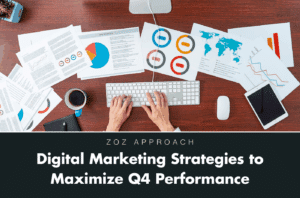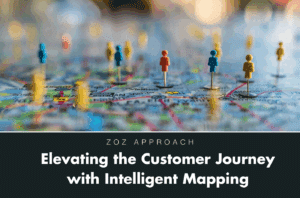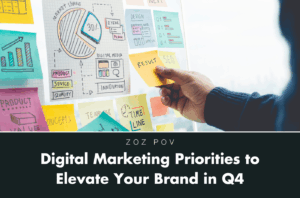Don’t forget to optimize your feedback loop!
Imagine being the chef/owner of a new restaurant. You have spent countless hours understanding your clientele, researching what they will like, planning the menu, ambiance and service so that they will love it. While planning, you have consulted friends, staff, other chefs about what will work best. You have bounced ideas off them and made adjustments to craft an incredible experience. Amazing. Congratulations on starting on the right foot!
But what if after the first week of service, the second week of service, a couple of months of service, you never sought any additional feedback? You never heard from your customers or took note of what people weren’t ordering. You never noticed they often didn’t finish certain dishes or stick around for dessert?
Now, imagine all the other sources of information that could help you make your experience better so that you can grow, charge higher prices, sell more to each customer, whatever your goals are. Yelp reviews? Feedback from waitstaff? Busboys? Anything that’s part of your chain of operations can help inform that brilliant menu you spent so much time planning.
So what does this have to do with ecommerce? Everything really. So much of this principle applies to digital advertising strategies too. Let’s think for a minute about what often goes into a digital advertising feedback loop. Everybody’s process is a little different based upon your business’s individual needs, but it often looks something like this:

There is valuable data to be found along each of these steps from campaign strategy through to the sale. And really, anyone running digital campaigns for you—whether in-house or an agency—must be constantly optimizing based upon continual feedback from all these points. That has become entry level optimization now but, sadly, it’s where a lot of campaigns stop. (Side note: If they’re not doing at least this level of optimization, then you have a bigger problem than you thought.)
Getting beyond entry-level
What amazes us time and again is the number of companies that stop gathering data conversion. Like our restaurant owner, they have forgotten that there is so much additional feedback available post-conversion that can crucially inform how they optimize. Sure, they have optimized their process to get people to the site and through to the sale. Or if it’s a lead-gen site, maybe it gets a lead into a CRM. But are they the right sales and the right leads? Are they going to turn into long-term customers that will come back for multiple future purchases? Will they be leads that your sales force can close efficiently? The only way to really inform how you optimize your campaign is to have that post-sale data integrated into your feedback loop. That might be a broad set of data points involving both online and offline activities in your operations chain. Confirmation email open rates and engagement, matching buyers to social media activity, looking at trends in your supply chain to push excess product, tying promotions to timeframes and/or weather events for seasonal products, the list goes on.
It reminds me of a medical device company we worked with recently. They came to us because their conversion rate had fallen off a cliff, driving up their cost of patient acquisition. Before getting into all our pre-conversion campaign planning, we asked if we could get access to their past CRM data. After digging back over two years, the insights we gained factored into every aspect of our campaign approach. It made campaign uptake faster, hyper-targeting and geofencing easier, and drastically improved efficiency. That rapidly lead to a 30% increase in conversions and a 29% decrease in the cost of patient acquisition. Most importantly, a continuous feed of post-conversion sales metrics allowed us to keep optimizing better and faster than we could without it.
The point? Whatever factors you can identify in your entire operations chain that affect sales and fulfillment can provide you with valuable data to help your campaigns perform better. Instead of your feedback loop coming to a dead stop once a sale is made, let’s make the post-sale process look more like this.

BOSTON, MARS



